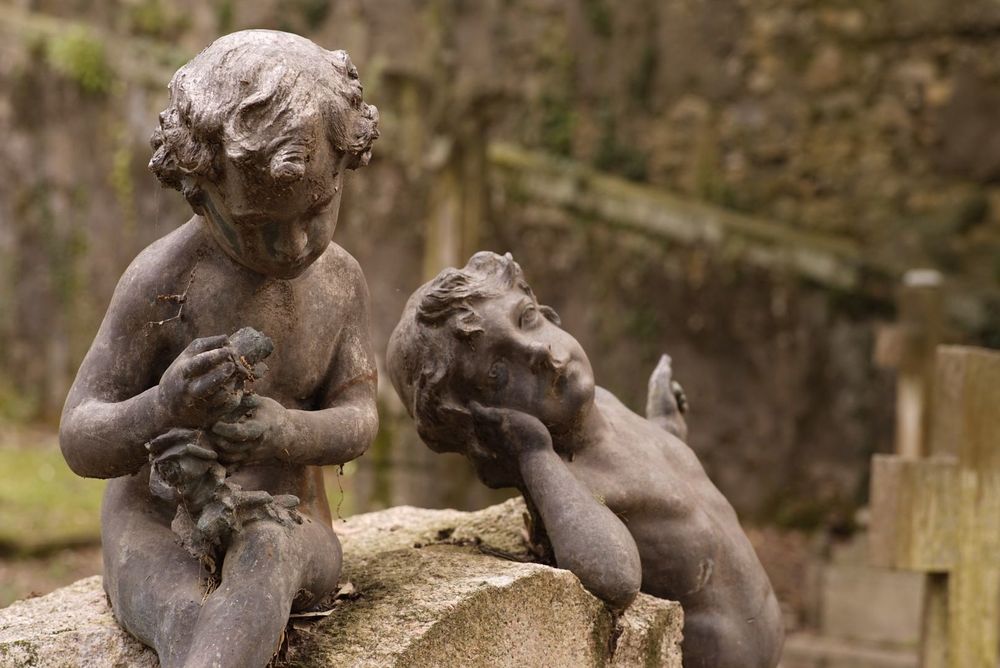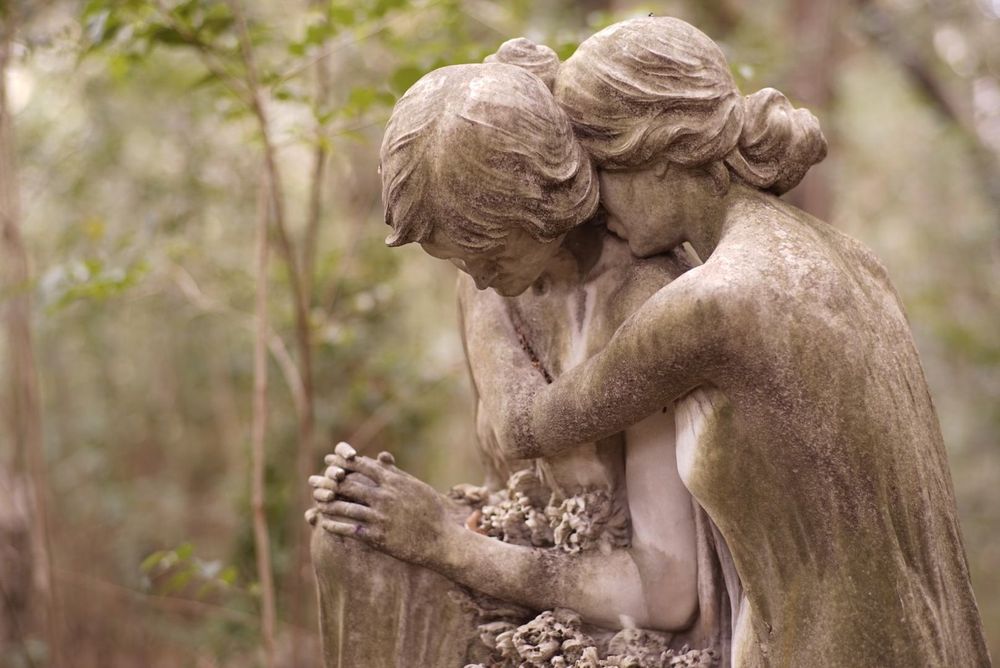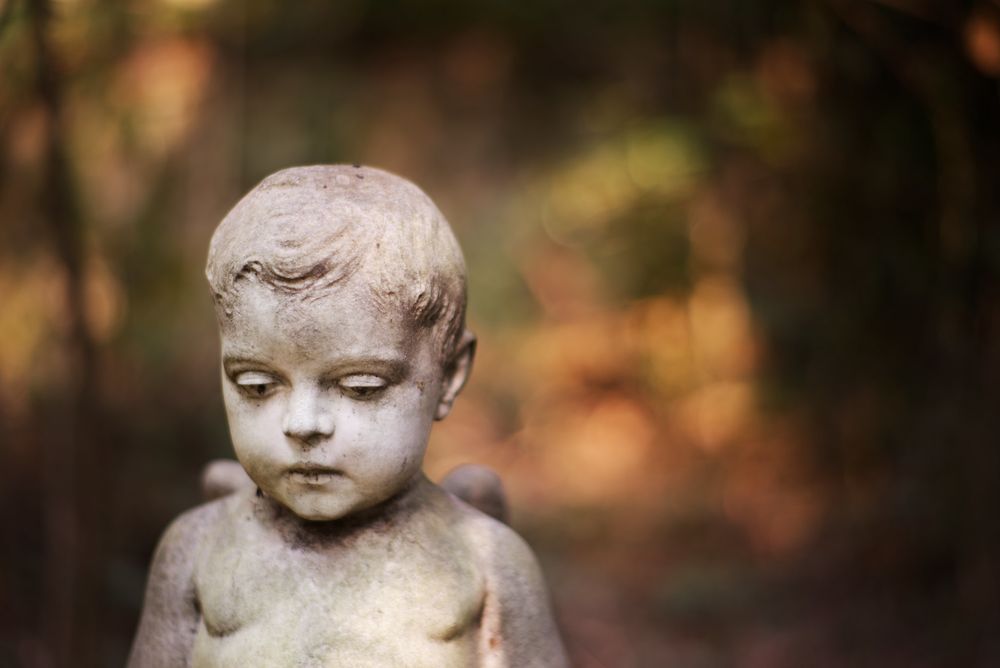The cemetery of Staglieno represents more than the dead. It represents a confluence of movements that furthered the cause of the living. Cimitero monumentale di Staglieno—as it’s called—sits on a quaint hillside in Staglieno district of Genoa, Italy, with beauty wrapping like a wreath of hope around the memory of death. A cemetery isn't what pops into mind when you think of a tourist destination, but this burial site has attracted visitors from around the world for its monumental sculptures and breathtaking architecture.

Photo: sandro bisotti/Flickr
The conception of the Staglieno cemetery dates back to 1804, when Napoleon introduced the Edict of Saint Cloud. This forbade burial of dead people in churches and crypts. In its lieu, cemeteries made their way into urban landscapes. But by 1835, the cholera epidemic was producing corpses by the mound, and that was when the plan of a grand cemetery on the outskirts of the town was approved. It was designed by the city's popular architect Carlo Barabino. However, the epidemic got the best of him as well, and the project was soon taken over by his pupil Giovanni Battista Resasco.

Photo: sandro bisotti/Flickr
A fine work in Neoclassical style, the cemetery finally opened in 1851. The art and design of the expanse mingled with the Realist movement that was evolving in the 1850s. An orderly camposanto layout met with the wild style of boschetto irregulare here. There were garden paths, fountains, tombs, marble slabs adorned with inscriptions, sculpted figures and a reproduction of the Pantheon of Rome. A quadrangular structure was accentuated by arcades and monuments that culminated into this central Pantheon. Amidst this grand landscape, sculptures of Leonardo Bistolfi and Eugenio Baroni continue to decorate the morose place even today. Its lifelike statues of the deceased have garnered a reputation as the ‘talking statues’ over time.
A popular attraction here is the statue of a nut-seller named Caterina Campodonico, who is depicted exactly as she was in life. The seller saved all her money for a lavish tomb in the Staglieno cemetery, and is now remembered holding a string of walnuts. Other graves in the cemetery are those of Oscar Wilde's wife Constance Lloyd, Fabrizio De André, Nino Bixio, and Giuseppe Mazzini. There is now a British and Jewish cemetery each on the grounds as well. The former is populated by graves of Commonwealth servicemen. The Memorial to the Fallen of the First World War was added after the passing of the war.

Photo: sandro bisotti/Flickr
The cemetery soon became a tourist spot riddled with guided tours and curious travellers. Being buried here was a status symbol and visiting an atrraction. Mark Twain found it worth mentioning in his 1869 book Innocents Abroad. The Appiani family tomb by sculptor Demetrio Paernio made its way onto a Joy Division album cover in the modern world for its “trendy” fashion. The sculpture showed a family grieving on the death bed. Believe it or not, the cemetery was also a beloved spot of Nietzsche for philosophical discourse.

Photo: sandro bisotti/Flickr

Photo: sandro bisotti/Flickr

Photo: sandro bisotti/Flickr

Photo: sandro bisotti/Flickr

Photo: sandro bisotti/Flickr

Photo: sandro bisotti/Flickr
References
# Staglieno.Commune
# Atlas Obscura



Comments
Post a Comment